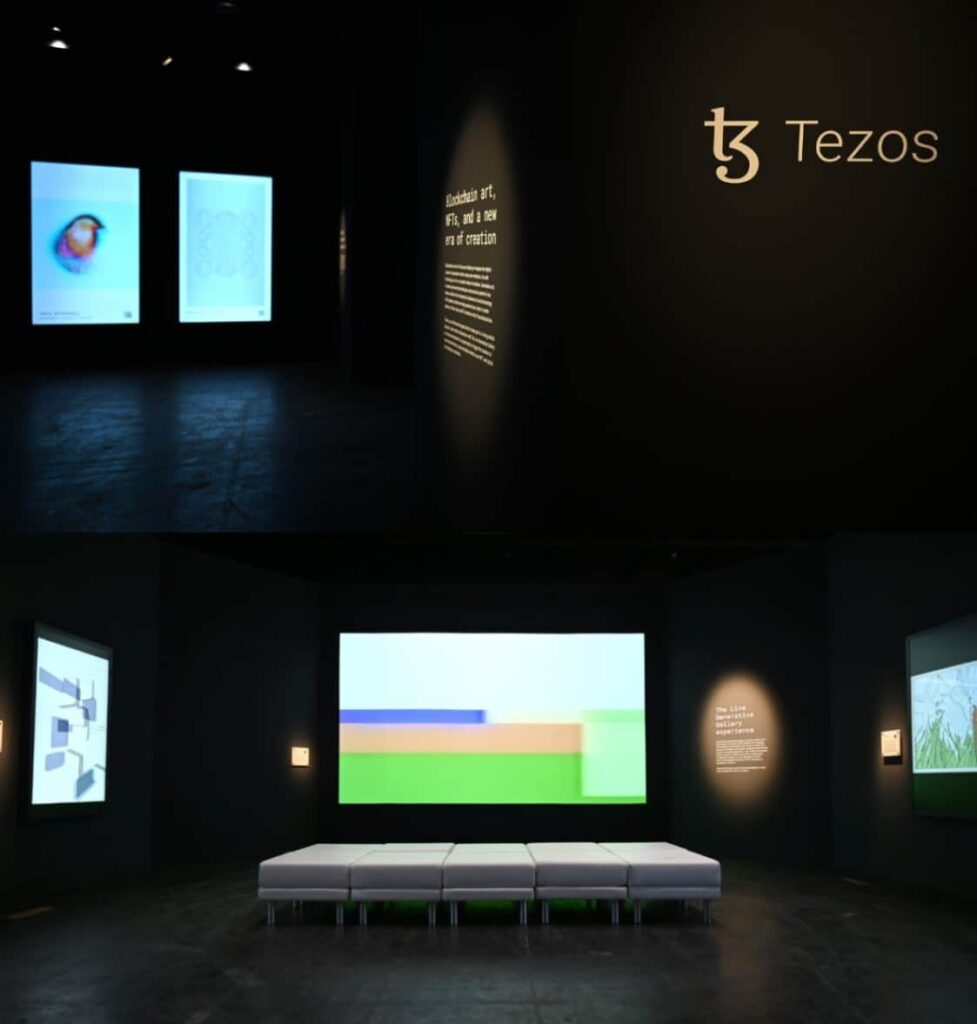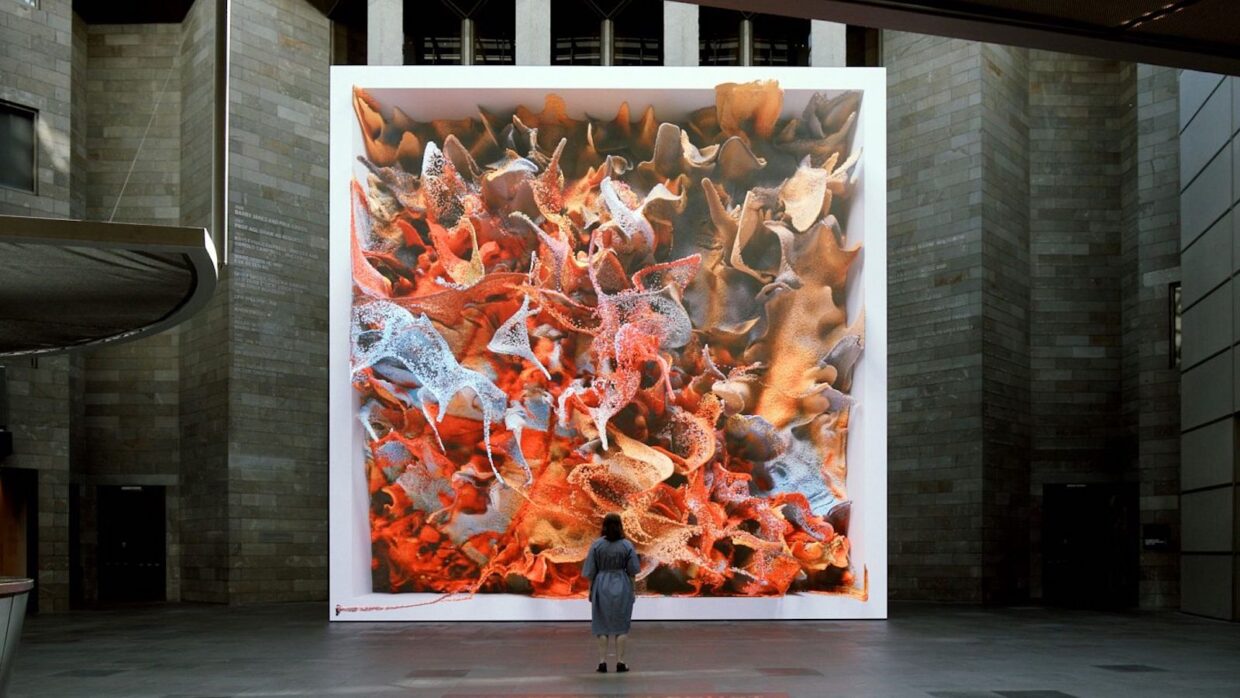With crypto winter now in a deep freeze, and interest and investment in hyped NFTs sliding substantially since Q3 2021, cultural institutions interested in leveraging the long-term potential of Web3 are rightfully looking for extensions that can drive footfall and (ideally) revenue. While some institutions. — whether museums, galleries, or tourist destinations — are turning to offering “traditional” NFTs (essentially digital collectibles) as part of the gift shop offering, and others investigate VR and AR, others are mining the growing interest among collectors and art lovers alike in generative art.
Also known as algorithmic art, generative art is a way of creating work built around analog or computational instructions, which makes for a very broad and often hard-to-define segment. However, as technologies like machine learning have evolved, so has the use of autonomous systems or algorithms to randomly (or not-so-randomly) create works of art that follow a unique but still recognizable pattern. As Jordan Kantor, artistic director of Art Blocks, told CoinDesk, generative art has been showcased through drawings and paintings throughout much of the 20th century, yet art movements in the 1960s, such as minimalism, along with the expansion of artificial intelligence and computing, helped propel generative art into the modern NFT space.
Interest in algorithmically created artwork, which is often produced and sold as one-of-a-kind pieces, has grown quickly both among buyers and auction houses — which, themselves, lend credibility to the space. Christie’s, which was a pioneer among major auction houses at the onset of the NFT boom last year, recently launched its own NFT-focused division, Christie’s 3.0. Its first NFT collection, created by young artist Diana Sinclair, included four works of generative art. Rival Sotheby’s has also increased its focus on the generative space, conducting a $2.3 million sale of generative art in April that included work by young and emerging artists as well as the likes of pioneers such as Vera Molnar and Charles Csuri.
But it’s not just auction houses and artists who stand to gain from growing interest in unique works of art created completely (or in part) by algorithms. Museums, too, are building their collections of generative art. New York’s MoMA is one of the most high-profile to do so in recent months, with the museum prominently displaying artist Refik Anadol’s Unsupervised, a large-scale project that saw the artist feed the museum’s collection into an artificial intelligence algorithm that constantly churns out new interpretations in intrepid shapes and colors.

Performance in Code, Deciphering Value in Generative Art will take place in Miami from December 1-3.
Where this gets really exciting is the relative ease with which museums and galleries can start to offer their own interpretations of this style of generative art to increase footfall and visitor revenue. From December 1-3, Art Basel Miami Beach will host an exhibition entitled Performance in Code, Deciphering Value in Generative Art that centers around a display of Tezos blockchain NFTs, created in collaboration with the generative art platform fxhash and Serpentine Arts Technologies, which lets visitors mint and claim a piece of generated art on the spot with the scan of a QR code.
While a new application of generative art aimed more at those new to the space than seasoned collectors, the Art Basel exhibition may prove to be a use of NFTs that museums or galleries see as an effective way to bring visitors to their venue or to a specific exhibition. Rather than walking away from a poster or coffee mug, perhaps in the near future, more visitors will leave a museum with their own edition-of-one NFT to keep in their collection or display on-screen at home.



